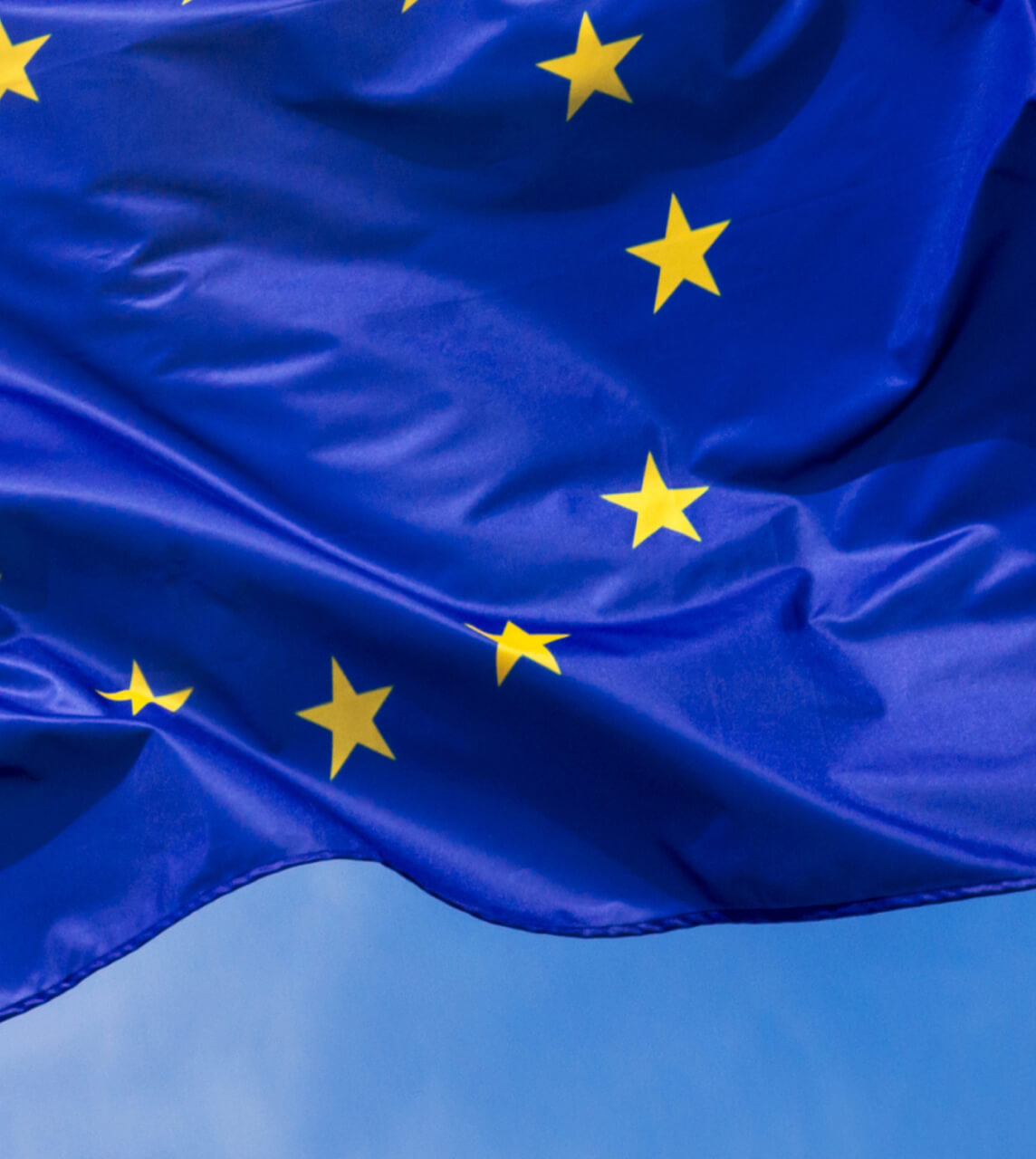Private equity has long faced a structural challenge: liquidity. Investors commit capital for seven to ten years, often longer.
Secondary sales are complicated, costly, and involve multiple intermediaries. Access is generally limited to institutions and ultra-high-net-worth individuals. For decades, this has been accepted as the nature of the asset class.
That assumption is now being tested. In Europe, fund managers are issuing tokenised private equity units that can settle significantly faster than traditional transfers, with fewer intermediaries and a broader investor base. These are not pilots or proofs-of-concept. They are live funds, operating under established regulatory frameworks, showing that private markets can run on digital rails without reducing investor protections.
These developments are at the heart of our upcoming webinar, Tokenisation of PE funds: Unlocking liquidity and access to European investors, taking place on October 22, 2025 at 10 am ET. We will explore how European case studies translate to U.S. markets, the regulatory contrasts, and the operational realities managers need to prepare for.
Why Europe moved first
Europe has taken early steps toward regulatory clarity, while in the United States, the approach to digital assets is still being defined. The EU’s Markets in Crypto-Assets (“MiCA”) Regulation provides a comprehensive framework for digital assets. Importantly, MiCA provides clarity by excluding tokenised financial instruments from its scope, confirming that they must follow MiFID II, the EU’s existing securities law. This helps issuers know exactly which rules apply — something many other regions still lack. Luxembourg and Switzerland have also developed fund structures that accommodate tokenisation while preserving established GP–LP relationships and investor safeguards.
In these markets, administrators, custodians, and transfer agents have built the infrastructure to support tokenised units. Know Your Customer checks, anti-money laundering compliance, distribution restrictions, and investor reporting function as they do in traditional structures, but with greater efficiency and flexibility.
Why U.S. investors are paying attention
American limited partners are following European developments closely. The potential benefits are tangible. Secondary sales that once required extensive legal documentation and weeks of processing can be completed more quickly and with fewer layers. Fractional ownership allows investors to size commitments with greater precision. Smart contracts can reduce administrative overhead by automating tasks such as distribution waterfalls.
For U.S. general partners, the strategic question is no longer whether tokenisation matters, but how and when to adopt it without running into regulatory uncertainty at home.
The U.S. regulatory puzzle
The U.S. regulatory environment for tokenised securities is still developing illustrated by the CLARITY Act, with multiple agencies involved and differing approaches across jurisdictions. The U.S. Securities and Exchange Commission and Commodity Futures Trading Commission continue to debate jurisdictional scope, while state securities regulators add another layer. Rules differ depending on whether funds are offered to accredited investors, qualified purchasers, or institutions.
Beyond the technology
A common misconception is that tokenisation is primarily a technology exercise. Build the blockchain infrastructure, mint tokens, and the job is done.
In reality, tokenising a private equity fund requires:
- Legal structures that satisfy multiple regulators
- Smart contracts that enforce compliance on the blockchain
- Custody arrangements that safeguard investor assets
- Transfer agent services that handle both digital and traditional requirements
- Distribution capabilities that respect jurisdictional restrictions
- Fund administration that integrates tokenised units into existing compliance and reporting
Technology is the simplest part. Operational integration and regulatory alignment are where the challenges lie.
A full-service approach
This is where having a fully integrated model matters. Legal structuring, custody, administration, and transfer agency need to function as one system. When these services work together, tokenisation becomes a natural extension of the fund lifecycle rather than a standalone experiment.
Learning from Europe
European funds already operating with tokenised units offer valuable lessons. What worked? Where did complexity emerge? How did investors respond? What operational challenges arose that were not anticipated?
These are not theoretical questions. They are practical insights that can help U.S. managers avoid months of trial and error.
Join the conversation
We are bringing together experts who have worked on both sides of the Atlantic to discuss what is working, what is not, and where the opportunities lie for U.S. investors.
Join our webinar: Tokenisation of PE funds: unlocking liquidity and access to European investors
Date: October 22, 2025
Time: 10am ET
The panel will cover:
- How European case studies translate to U.S. markets
- Regulatory considerations for cross-border tokenised funds
- Operational requirements that are not obvious until implementation
- Why full-service integration matters more than technology selection







